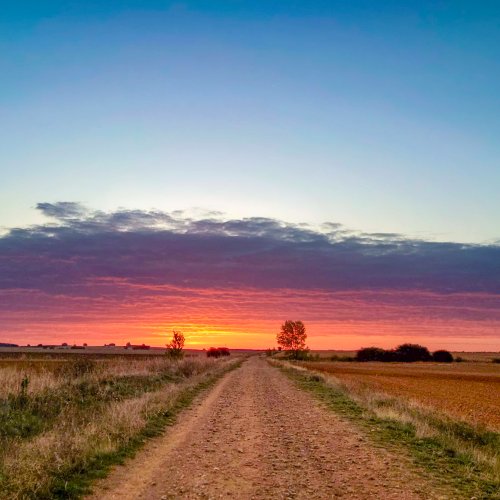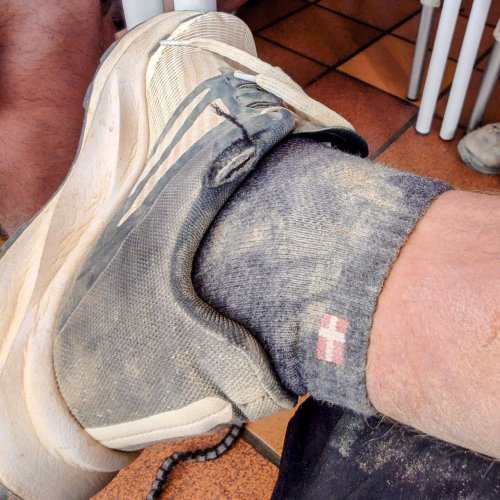RickGordon12
New Member
- Time of past OR future Camino
- LePuy-Frances
As much as I value how positive everyone is on the Camino forum, I’m surprised there isn’t more emphasis on how much pavement there is on the Norte.
Walking from Bilbao to San Vincente has been almost 100% pavement or sidewalk. As much as I appreciate the coastal views, it feels to me that so much of what I most enjoyed about the Frances, primitivo, and le puy is hard to access on the Norte.
It’s difficult to feel a historical connection when one knows no monk was walking this asphalt 100s of years ago. It’s also hard to meet other pilgrims walking as there is often no shoulder so safety is an issue. And being almost all on a road, you don’t feel that walking is necessary to get from one place to another and in fact, it is maybe more efficient to drive or bike.
I guess the Norte may be something for those who don’t want to repeat other routes, but for those wanting an experience with a little more nature and walking with others, this may not be the ideal choice
Walking from Bilbao to San Vincente has been almost 100% pavement or sidewalk. As much as I appreciate the coastal views, it feels to me that so much of what I most enjoyed about the Frances, primitivo, and le puy is hard to access on the Norte.
It’s difficult to feel a historical connection when one knows no monk was walking this asphalt 100s of years ago. It’s also hard to meet other pilgrims walking as there is often no shoulder so safety is an issue. And being almost all on a road, you don’t feel that walking is necessary to get from one place to another and in fact, it is maybe more efficient to drive or bike.
I guess the Norte may be something for those who don’t want to repeat other routes, but for those wanting an experience with a little more nature and walking with others, this may not be the ideal choice



















